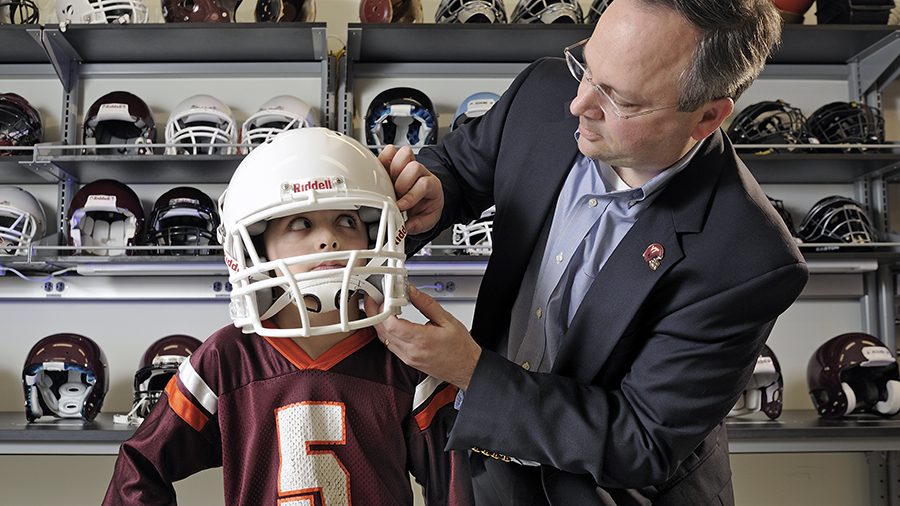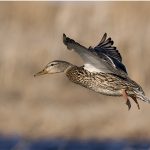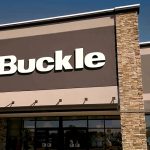The National Operating Committee on Standards for Athletic Equipment (NOCSAE) has finalized the first performance standard for youth football helmets, designated as ND006.
The standard is the result of over 10 years of NOCSAE-led effort and funding to support scientific research, testing and analysis, establishing sufficient youth-specific data and testing criteria necessary to develop the standard.
To allow manufacturers time to develop youth helmets that meet the standard, the NOCSAE Standards Committee set an effective date of March 1, 2027, for ND006.
The new standard directly addresses the unique risk exposures faced by youth football players, which differ from those at or above the high school level. The primary differences in exposure at the youth level include the frequency, type, location, and magnitude of head impacts. All these factors are influenced by the player’s age, size, speed, and coordination.
“Put simply, younger players don’t run as fast or get hit as hard as older players, but they do fall to the ground more often and their heads are proportionately larger compared to their bodies,” Dr. Cantu said. “Adjusting the standard for these conditions will enable manufacturers to design helmets that focus on what youth players need, not what players need at the high school, college and professional levels.”
While NOCSAE’s existing football helmet standard (ND002) works for all players, including youth, the new ND006 youth standard has the potential to provide enhanced protection for this age group by more closely addressing their risk exposures, using a lighter pneumatic ram for testing and an adjusted impact threshold.
“This is an important step forward for helmet protection in youth football,” said Dr. Robert Cantu, MA/M.D., FACS, FACSM, FAANS, NOCSAE vice president and chair of the NOCSAE Scientific Advisory Committee (SAC). “We’ve known for some time that youth football players face different risks from those at or above the high school level. Building on scientific data and critical insights from research studies funded by NOCSAE, we were able to identify those risks and develop criteria for a standard to help protect against them.”
Image courtesy Riddell














